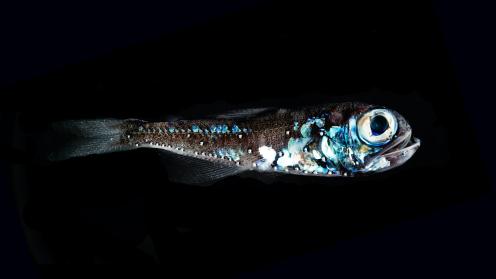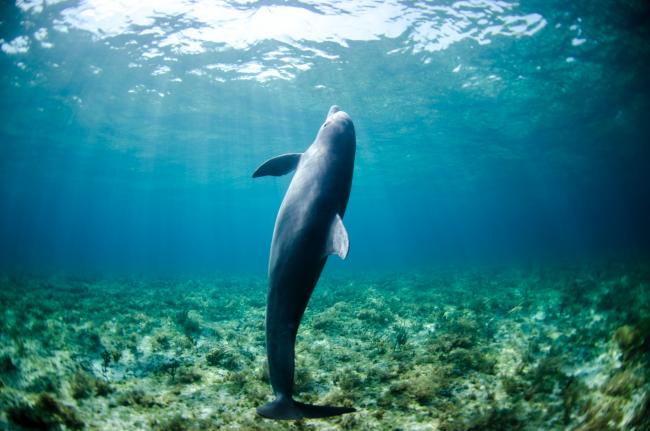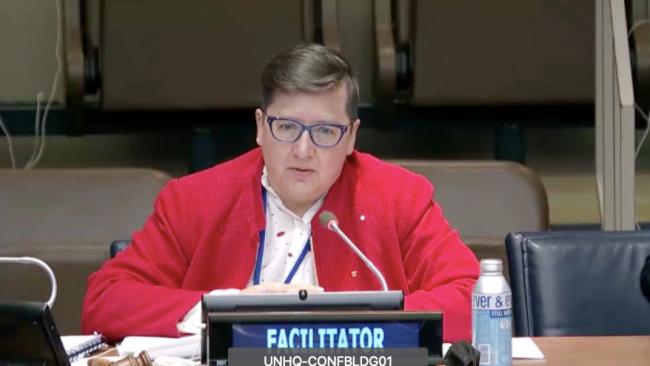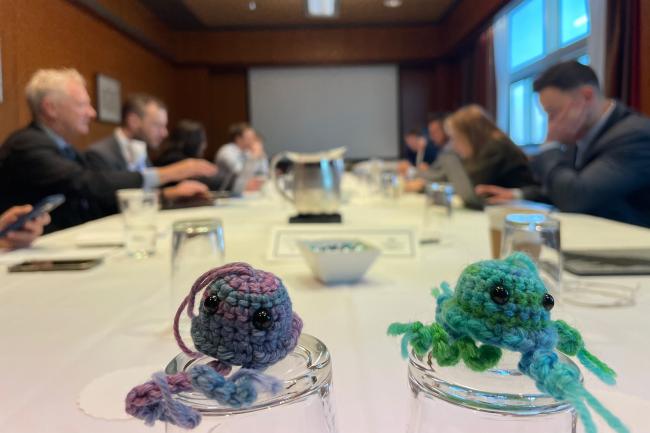Delegates attending the fourth meeting of the intergovernmental conference (IGC-4) on an international legally binding instrument under the United Nations Convention on the Law of the Sea on the conservation and sustainable use of marine biological diversity of areas beyond national jurisdiction (BBNJ) continued working in a productive spirt on Thursday, 10 March 2022. In the morning, they finalized their initial consideration of draft articles linked to marine genetic resources (MGRs), including questions on the sharing of benefits.
On day four of the informal-informal setting, they took significant steps towards consensus in their deliberations on benefit sharing, and in their discussions on monitoring as it relates to MGRs. Their negotiations on issues of scope also seemed to bear some fruit, with IGC President Rena Lee concluding by noting that “we have come a long way from IGC-3.” Key to this progress has been the intersessional work, which many have referenced in the last few days, as well as the IGC President’s encouragement of bilateral and small group meetings on the sidelines of the conference.
On Thursday, delegates also embarked on the text related to area-based management tools (ABMTs), including marine protected areas, guided by Renée Sauvé (Canada). They considered the identification of areas requiring protection, discussing in this regard, inter alia:
- governing principles;
- the utility of the annex containing indicative criteria for identifying these areas; and
- whether the criteria would be applicable to existing bodies.
Throughout the day, there were noticeable shifts in the texture of negotiations, at times sailing smoothly and at times running into the high tides of entrenched positions. Overall, however, the winds of flexibility seemed to propel the delegations towards a common destination. For instance, in their discussions on some of the firmly rooted principles that will eventually govern the designation of ABMTs, many were open to “creative redrafting” to bridge the divide between delegations, a first for the Conference. They were also open to watering down some of the stronger language present in various points in the text to help build bridges towards consensus. And finally, in their efforts to take big and small steps to agreement, many delegates joined the unofficial “MGRs party” to look at the various new language proposals on the table related to the clearly contentious areas under that element of the 2011 package.
On a lighter note, as delegates began their consideration of ABMTs, a couple of delegations brought in inanimate observers: a few knitted toy marine creatures distributed by the High Seas Alliance participants at earlier IGC meetings. Perhaps their human counterparts will soon be allowed in the room in the coming days, as subtly suggested by some delegations.
To receive free coverage of global environmental events delivered to your inbox, subscribe to the ENB Update newsletter.












